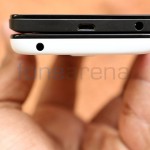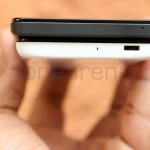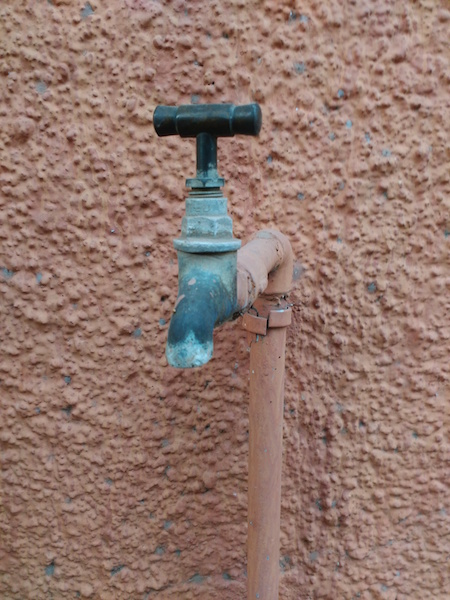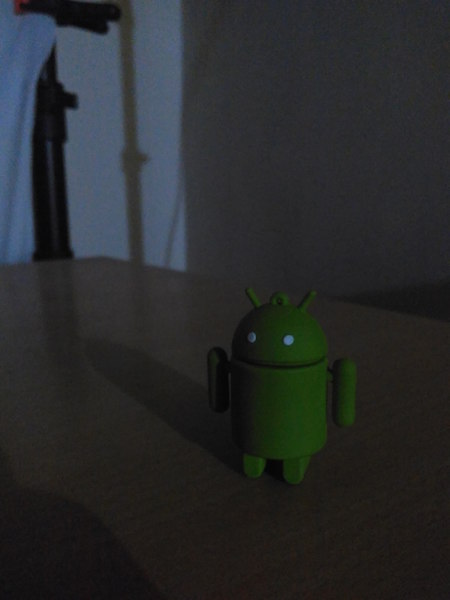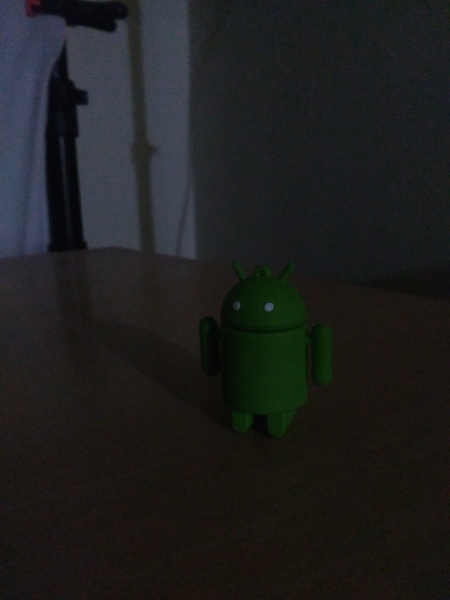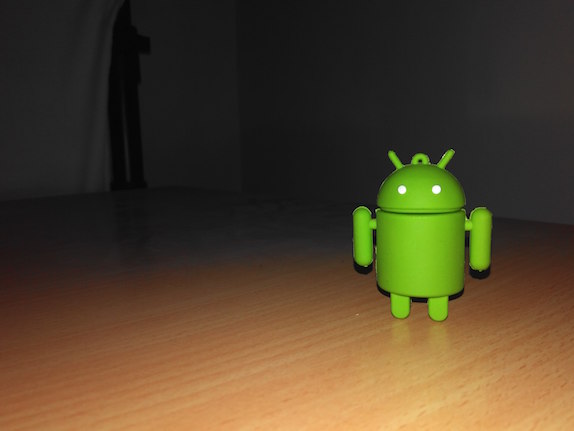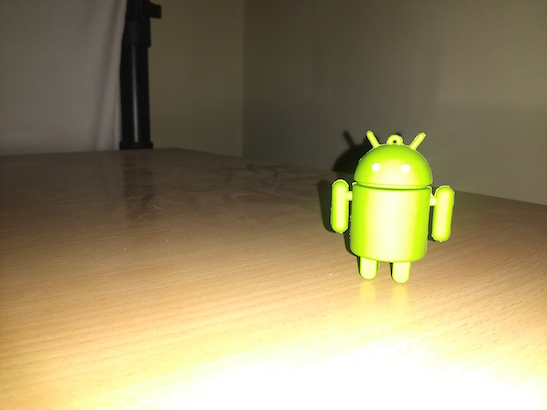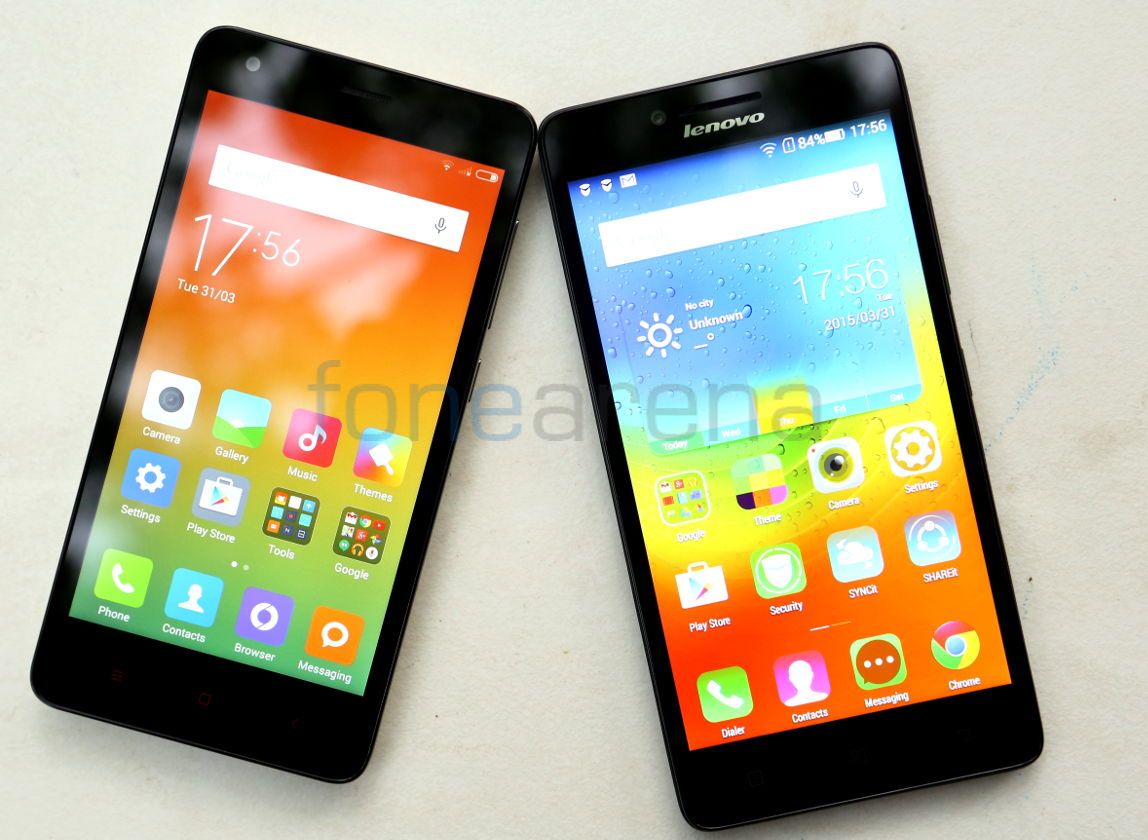
Lenovo entered into budget 4G smartphone segment earlier this year with the launch of A6000 smartphone in India. Xiaomi recently launched the Redmi 2 smartphone, successor of the popular Redmi 1S smartphone that was launched last year. Both these smartphones share almost similar specifications and have 4G support. We decided to compare these 4G smartphones.
httpv://www.youtube.com/watch?v=PuzBbPGwptE
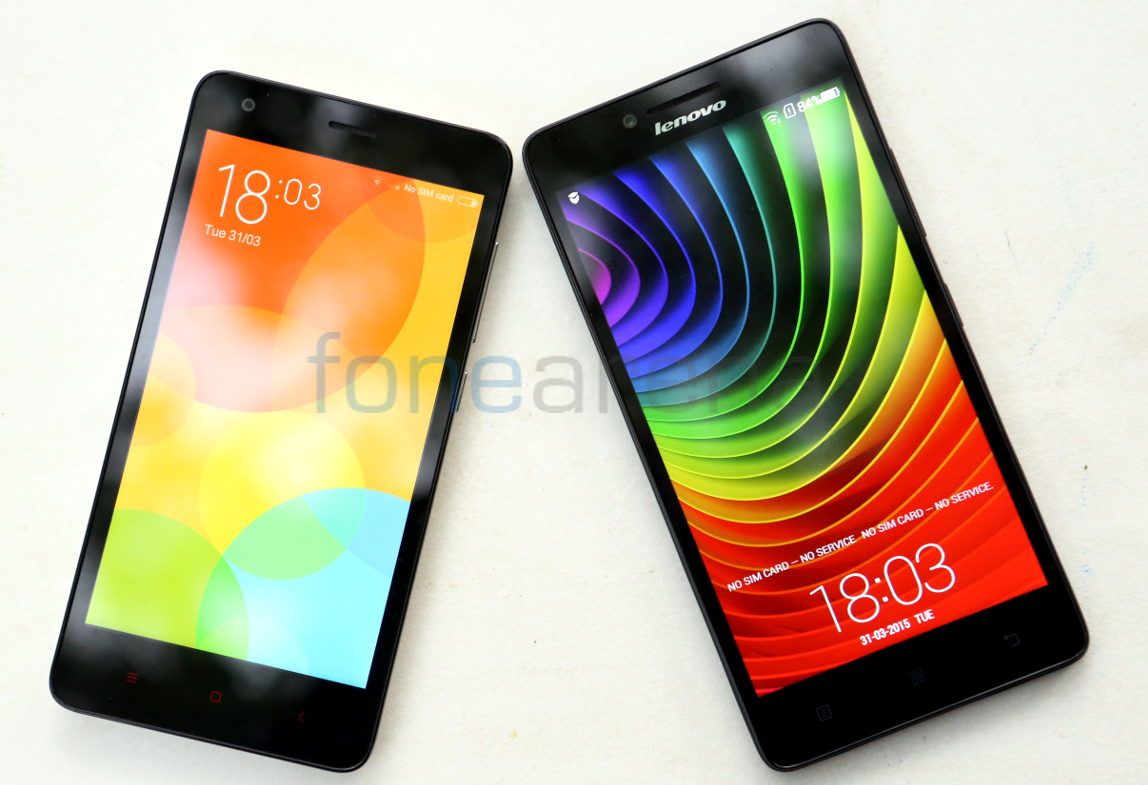
Let us start with the display. Both these smartphones have a HD IPS display. The Xiaomi Redmi 2 has a 4.7-inch (1280 x 720 pixels) IPS display with a pixel density of about 312ppi and it also has AGC Dragontrail Glass protection. The Lenovo A6000 has a slightly larger 5-inch (1280 x 720 pixels) IPS display with a pixel density of about 293ppi and it doesn’t have a scratch-resistant glass on the top. Even though outdoor visibility and viewing angles are equally good in both the smartphones, Redmi 2 has warmer whites and the colors are more appealing, while the A6000 is very bluish and colors are not entirely accurate. Since the Redmi 2 has higher pixel density, it’s sharper compared to the A6000, which clearly shows pixelated fonts. Overall, Redmi 2 has a better display than the Lenovo A6000 in several aspects.
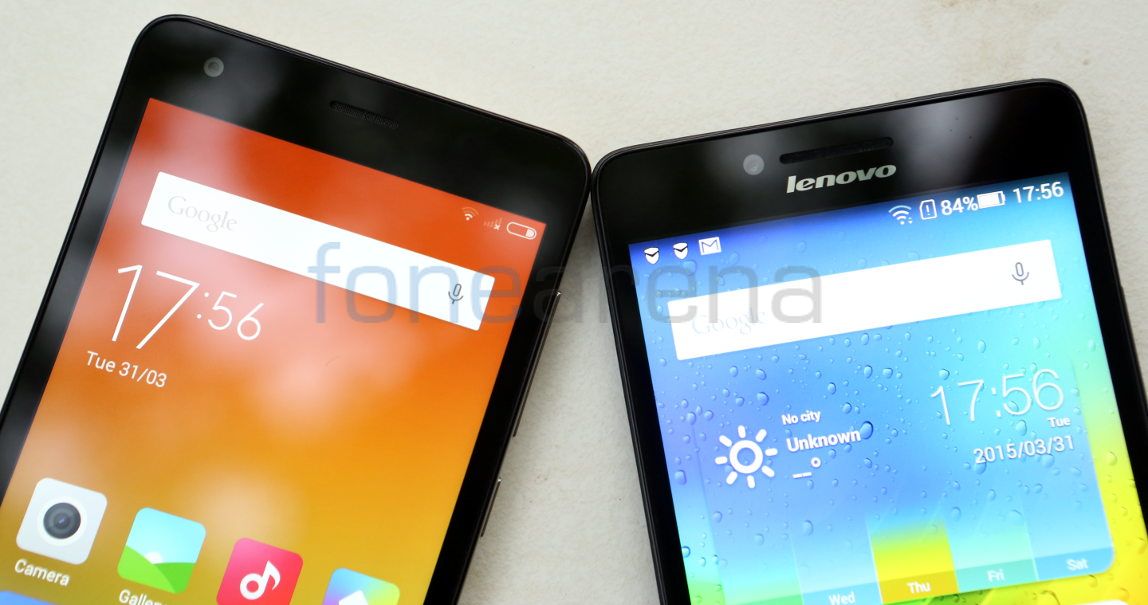
Both the smartphones have a 2-megapixel fixed-focus front-facing camera, proximity and ambient light sensors on the front, above the display. These are decent for selfies and video chats.
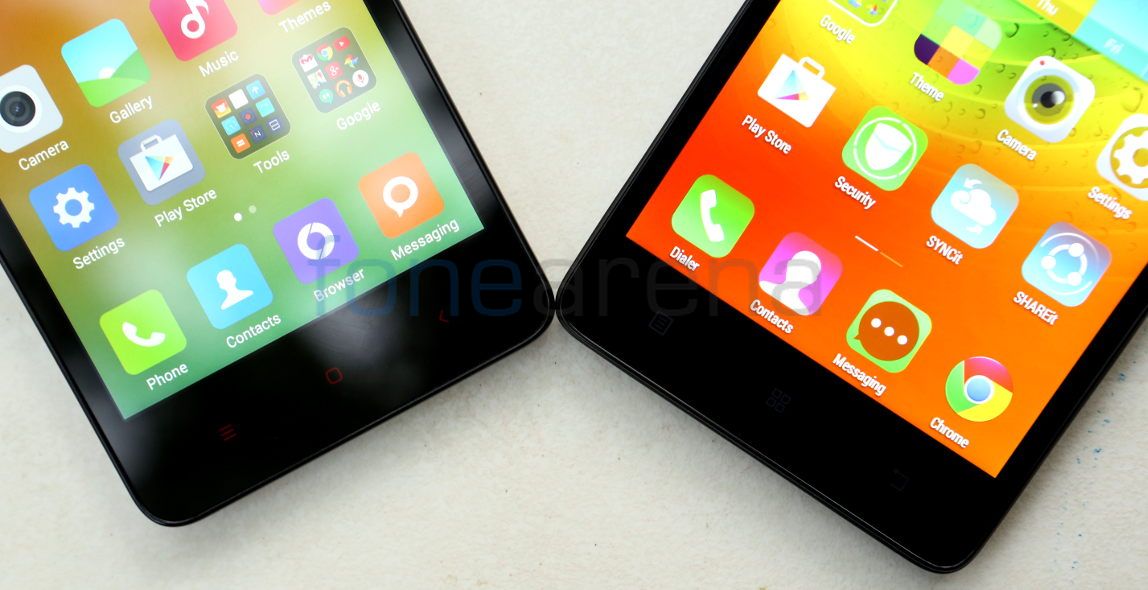
Both these phones have capacitive touch buttons below the display that offer haptic feedback when pressed, but these are not illuminated. The Redmi 2 has a small notification LED below the home button, but the Lenovo A6000 doesn’t have a notification light.
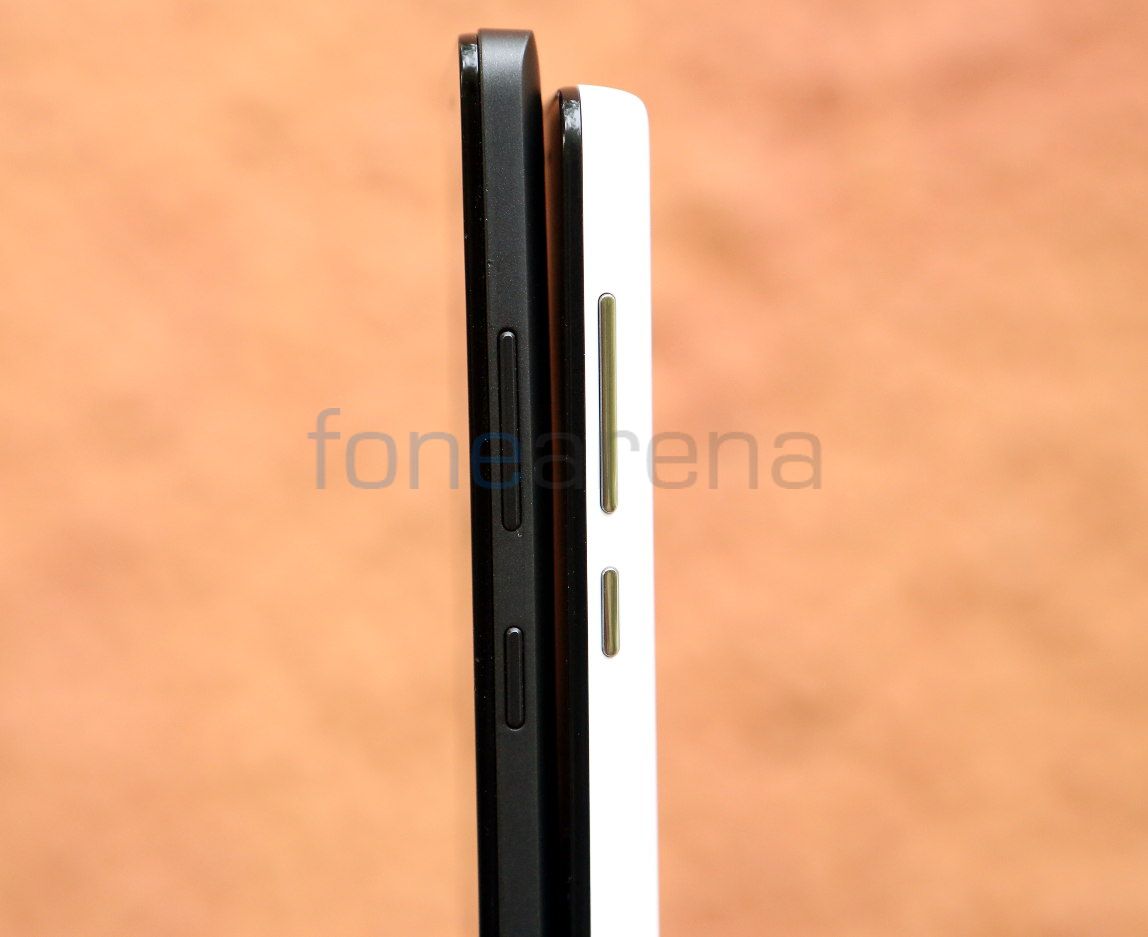
The Redmi 2’s back cover has smooth finish that extends to the back, whereas the Lenovo A6000’s back cover offers matte finish that extends to the side of the smartphone. Both these offer a good grip. The Redmi 2 is 9.4mm thick, slightly thicker than the Lenovo A6000, which is 8.2mm thick. Power button and the volume rockers are present on the right side of the both the smartphones. These buttons have shiny metal finish on the Redmi 2, making it look premium, while the buttons on the A6000 are made of plastic. There is a micro USB slot and a primary microphone on bottom of the Redmi 2, but only the secondary microphone is present on the bottom part of the A6000 and the micro USB slot is present on the top the smartphone. The 3.5mm audio jack is present on the top in both the smartphones.
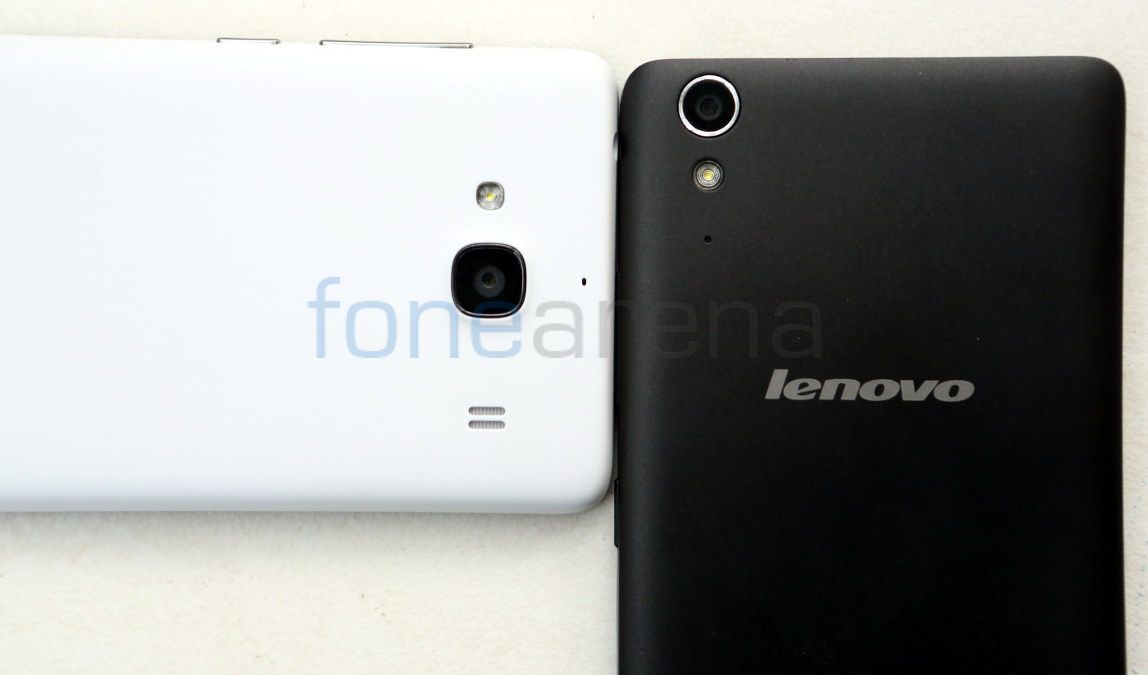
Coming to the camera, both the smartphones have a 8-megapixel rear camera with single LED flash. The Redmi 2 can record videos at 1080p resolution at 30fps, but the Lenovo A6000 can record videos only at 720p.
Redmi 2 offers better focus and more bokeh compared to the Lenovo A6000 that is terrible for macro. Focus has improved in the A6000 after the recent update. Colors are more accurate and lesser sharpening artefacts in Redmi 2. HDR is better on Redmi 2 and A6000 has overblown highlights. Both are below average in low-light, but the Redmi 2 performs slightly better with or without flash. Comparing the image quality in all the aspects, the Redmi 2 has a better camera.
Check out some comparison images (Click the images to view the full resolution sample). The first one is Redmi 2 and second is Lenovo A6000.
Both these run on Android KitKat. The Redmi 2 runs on highly customizable MIUI v6 based on Android 4.4.4 (KitKat), while the Lenovo A6000 has Vibe UI 2.0 based on Android 4.4.4 (KitKat). Both Xiaomi and Lenovo pushes out regular updates adding new features and fixing bugs. Both the companies are likely to offer Lollipop updates for these smartphones, but no details about the time frame of the roll out.

Coming to the build quality, both the smartphones have good build and the back cover doesn’t attract fingerprint. At 133 grams, the Redmi 2 is slightly heavier compared to the Lenovo A6000 that weighs 128 grams. The Lenovo A6000 has dual speakers with Dolby audio, but the single loudspeaker on the Redmi 2 is equally good.

Both the smartphones support 4G with support of 4G LTE bands (TDD B40 2300MHz and FDD B3 1800MHz) for India. Both these have micro SIM slots. Both the SIM slots on the Redmi 2 support 4G, but only one SIM can use 4G at a time while the other remains in 2G, but only the primary SIM has 4G support in the Lenovo A6000, while the other slot supports only 2G. Both these have Wi-Fi 802.11 b/g/n, Bluetooth 4.0 and GPS support.
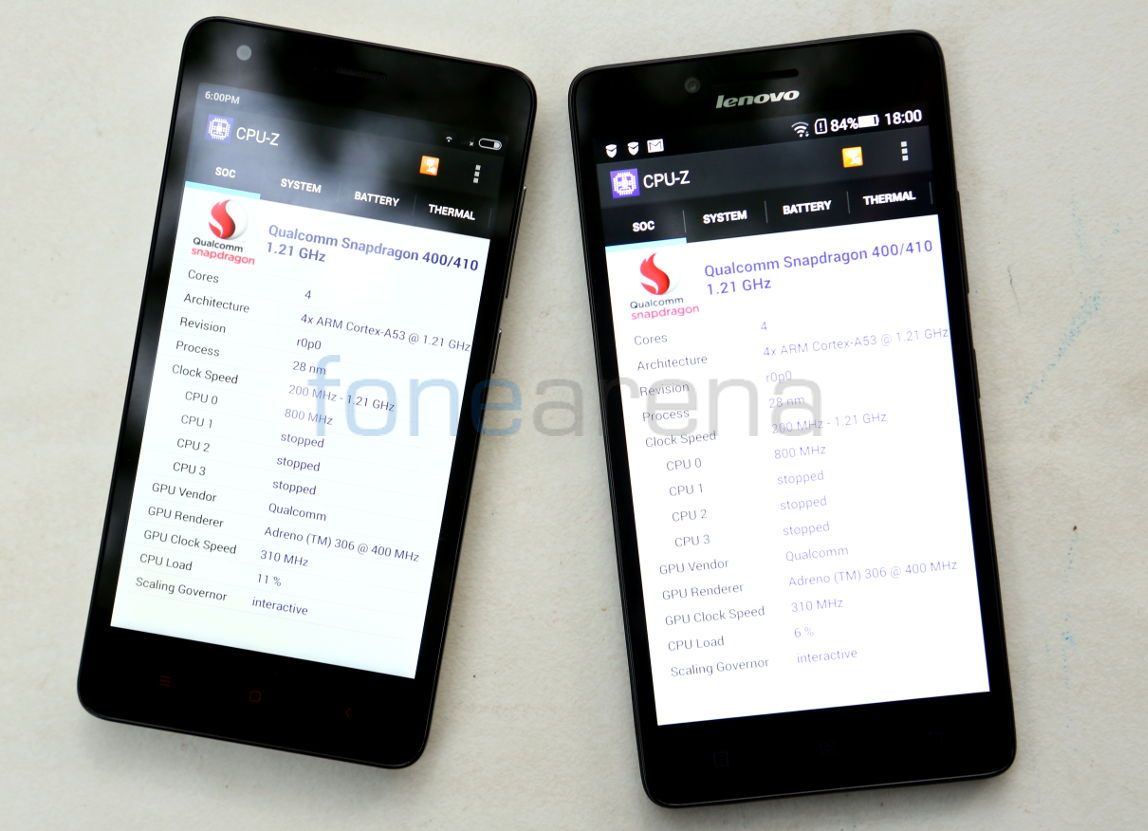
Both the smartphones are powered by a 64-bit Qualcomm Snapdragon 410 (ARM Cortex A53) processor with Adreno 306 GPU and have 1GB of RAM. In terms of performance Redmi 2 offers lag-free user interface, while the Lenovo A6000 has occasional lags, but RAM management is better in Lenovo A6000 when it comes to multitasking since the OS consumes less RAM compared to MIUI. Gaming is decent in both the smartphones. Check out some benchmark comparison charts.
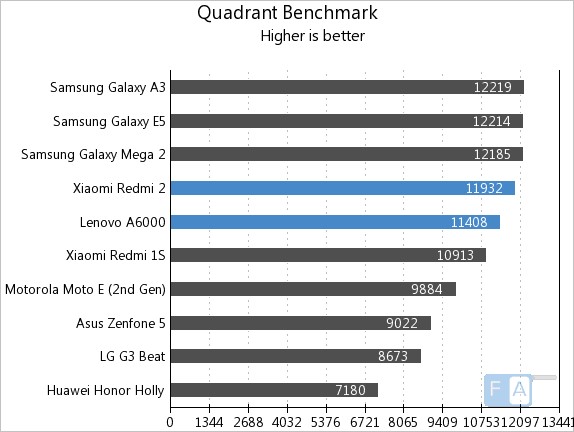
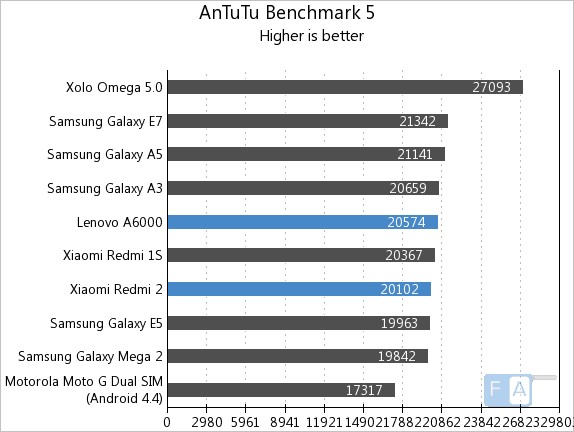
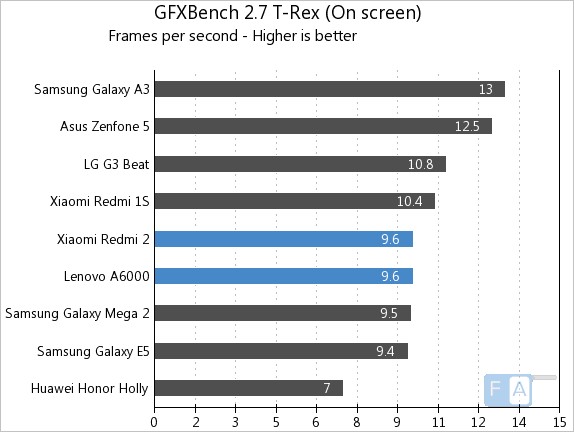
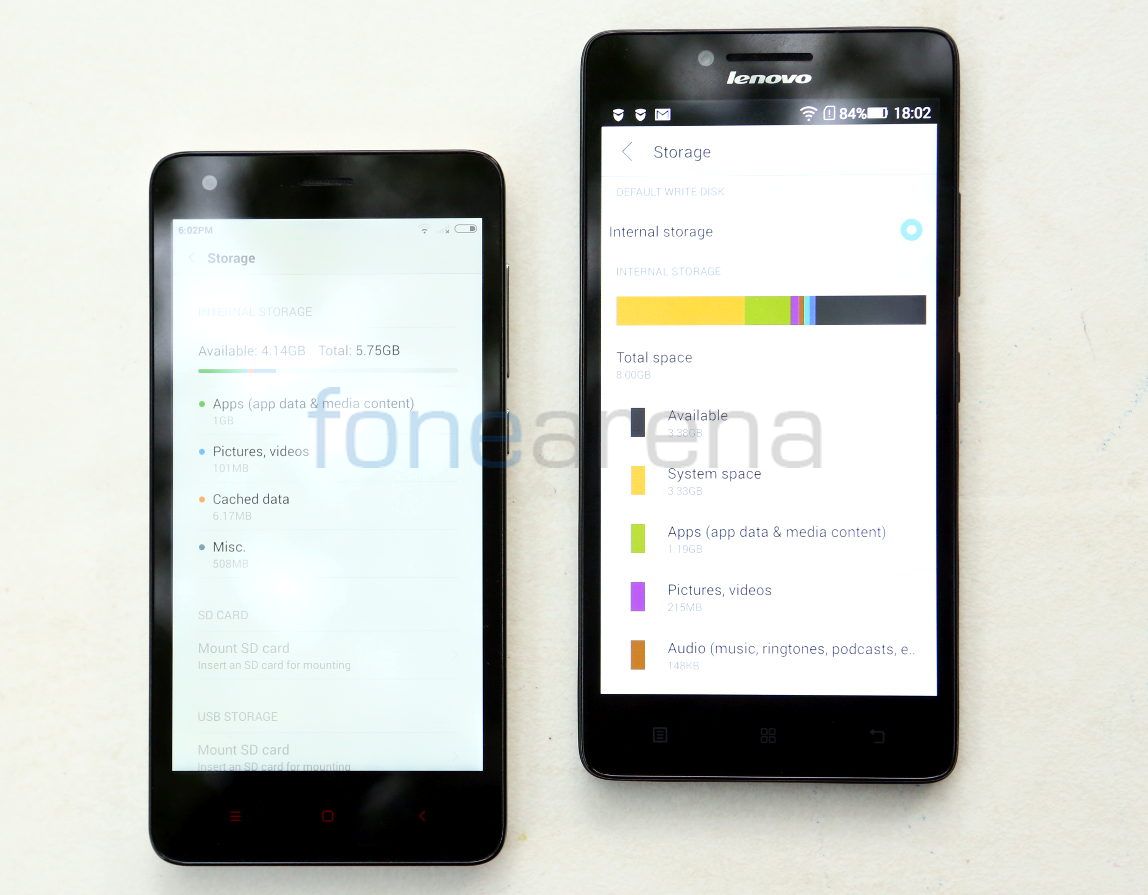
Even though both these smartphones have 1GB of RAM, the Redmi 2 has 898MB of usable RAM, out of which 318MB of RAM is free when the phone is idle. In the Lenovo A6000 900MB of RAM is usable, out of which about 446MB of RAM is free when it is idle. Both these have 8GB of the internal storage, out of which Redmi 2 comes with 5.36 GB of user storage and the A6000 has 4.69GB of user storage. Both the smartphones have option to move compatible apps from the internal storage to the SD card. The Redmi 2 has USB OTG support, which the Lenovo A6000 lacks.
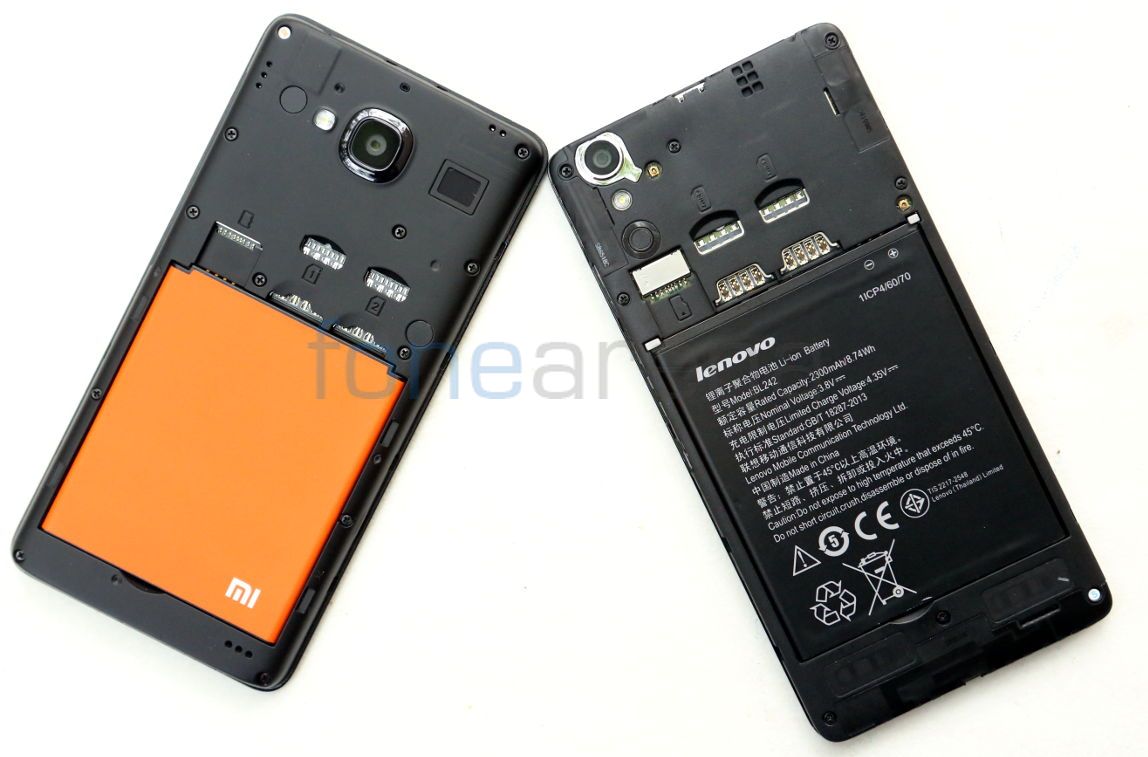
Coming to battery life, the 2200mAh battery in Redmi 2 lasted for 11 hours and 51 minutes in our battery test, compared to Lenovo A6000’s 2300mAh battery that lasted for 11 hours and 19 minutes. Talk time is similar in both the smartphones, but the Redmi 2 is slightly better than the Lenovo A6000 in other tests since the A6000 has a bright display, resulting in better overall rating, even though the A6000 has a slightly larger battery. Check out couple of battery test comparison charts below.
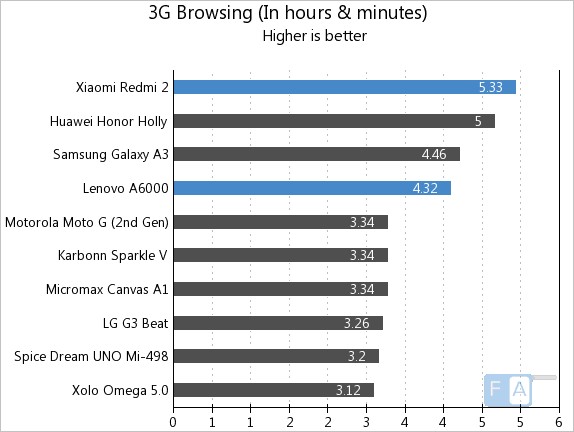
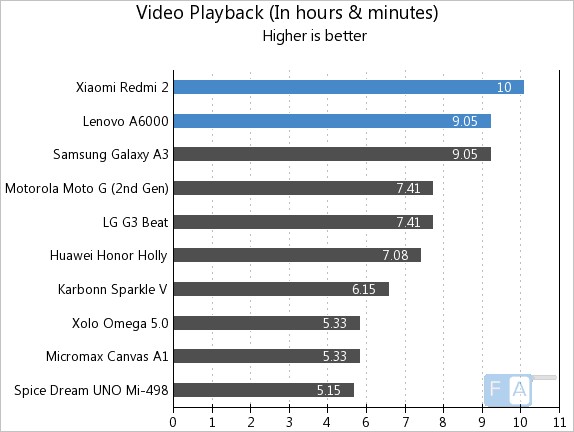
In the end, the Xiaomi Redmi 2 is better than the Lenvovo A6000 in several aspects. The major problem is the availability of both the smartphones. These are available only on Flipkart though flash sales every week, and not available from offline stores.
Concluding, the advantages of the Xiaomi Redmi 2 are camera, 4G connectivity on both the SIM cards, better display and USB OTG support. Advantages of the Lenovo A6000 over the Redmi 2 include, better RAM management and sleek design. Looks like you might have to wait for Lenovo to launch the A7000 smartphone that has better specifications, if you are planning to get a budget Lenovo 4G smartphone.
Bharadwaj also contributed to the comparison. Images by Siraj.

